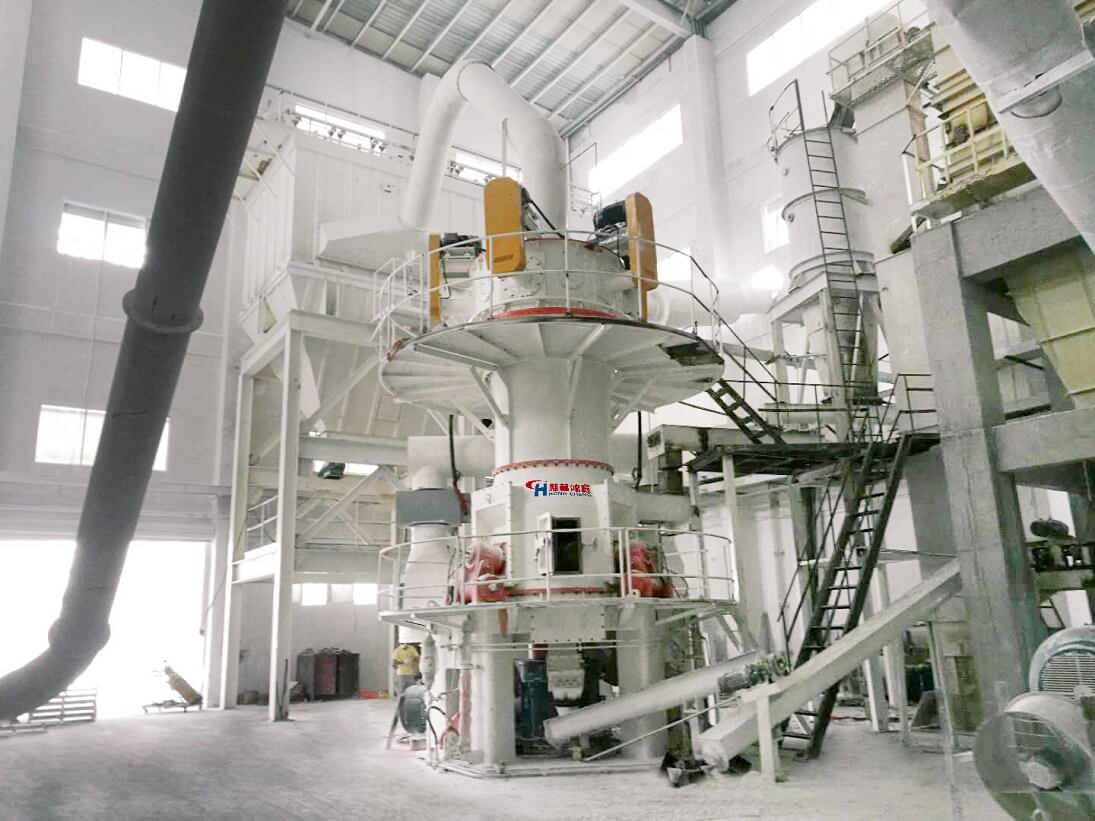The papermaking industry is one of the largest markets for calcium carbonate. With the development of papermaking technology, the papermaking process has changed from acidic papermaking to neutral and alkaline papermaking. The amount of calcium carbonate in the papermaking industry has greatly increased. So what are the requirements for paper grade calcium carbonate?
The paper industry is divided into two parts: pulping and papermaking. "Pulping" involves processing wheat straw, rice straw, wood and other plant fiber raw materials through a series of treatments to dissolve the lignin that is harmful to papermaking, and then bleaching them with pigments to obtain white paper. "Papermaking" is the process of pulp beating, sizing, filling and other processes to create paper with various properties. Filling is the addition of fine white mineral pigments or synthetic fillers to paper stock. It has become an indispensable and important component in modern papermaking. The amount of filler added can account for 20%-40% of the paper stock components. Commonly used fillers in the paper industry include talc, titanium dioxide, calcium carbonate and kaolin. Among them, calcium carbonate has the advantages of high whiteness and fine particles, which can significantly improve the opacity and ink absorption rate of the paper. The resulting paper has the advantages of good gloss, making it an ideal papermaking filler in the papermaking process.
Calcium carbonate for papermaking can be divided into two categories: papermaking filler and coating pigment according to its use; it is divided into heavy calcium carbonate and light calcium carbonate according to different manufacturing methods. Heavy calcium carbonate filler is mainly used in printing paper, advertising paper, office paper, writing paper, etc. in addition to cigarette paper, filter paper and special low-quantity information paper. Light calcium carbonate has better quality than heavy calcium carbonate. It has the advantages of fine particle size, high whiteness, low price, low foaming and good printing adaptability. It is very suitable for use as papermaking filler and can basically meet the needs of paper printing and optical performance requirements.
Technical requirements for calcium carbonate for papermaking: Calcium carbonate for papermaking should have high whiteness, high purity, high scattering coefficient, appropriate particle size distribution, low abrasion value, stable pH value, good chemical stability, good colorability, Low price and other performance and features. At the same time, high-quality CaCO3 should have good dispersion and suspension, high filler retention rate, improve paper opacity and coating hiding properties, reduce paper calendering gloss and opacity loss, and improve production operations and paper properties. Improve paper ink absorption, improve paper air permeability and printing dryness (fixation), low viscosity and good rheological properties, good compatibility with coatings and viscosity stability, etc.

Calcium Carbonate HLMX Ultrafine Vertical Mill, welcome to leave a message or consult [email protected]
Hongcheng HLMX series calcium carbonate vertical roller mill is an ideal choice for producing papermaking grade calcium carbonate. It can process 325-2500 mesh ultra-fine heavy calcium powder. The product has the advantages of high whiteness and high 1μm fine powder content. It is the ideal choice for many papermaking grade calcium carbonate. The star model recognized by calcium carbonate manufacturers. If you have relevant needs, please leave us a message to learn more about the equipment.